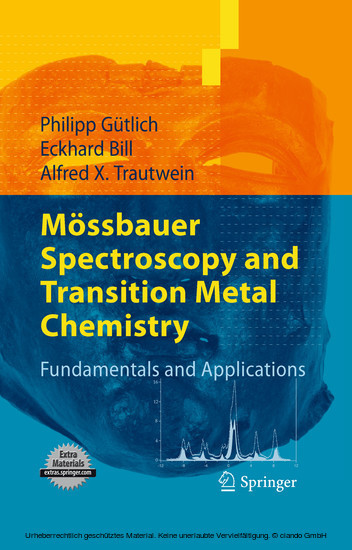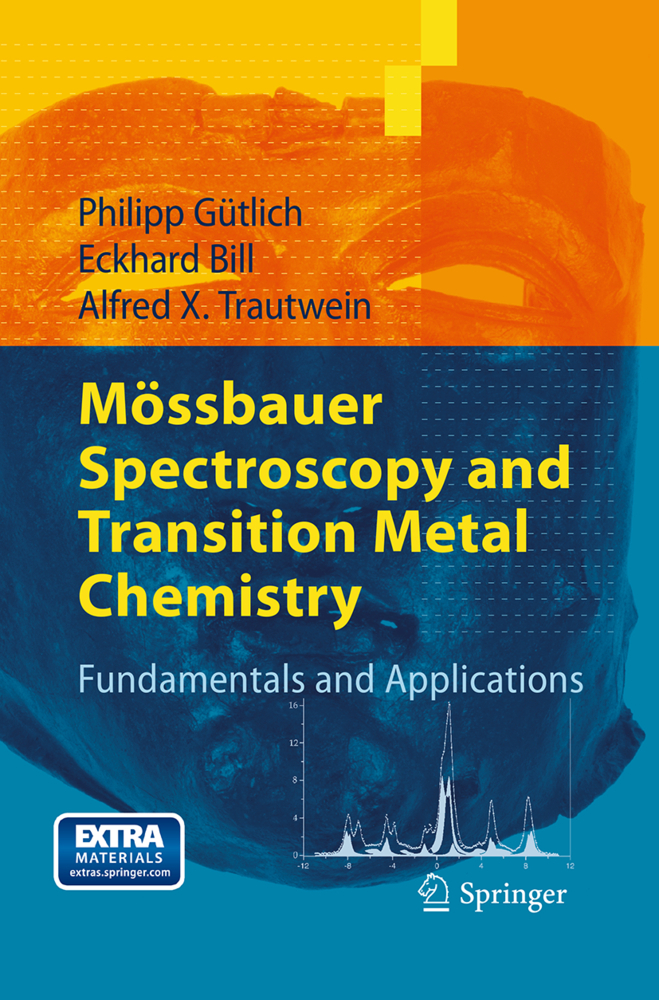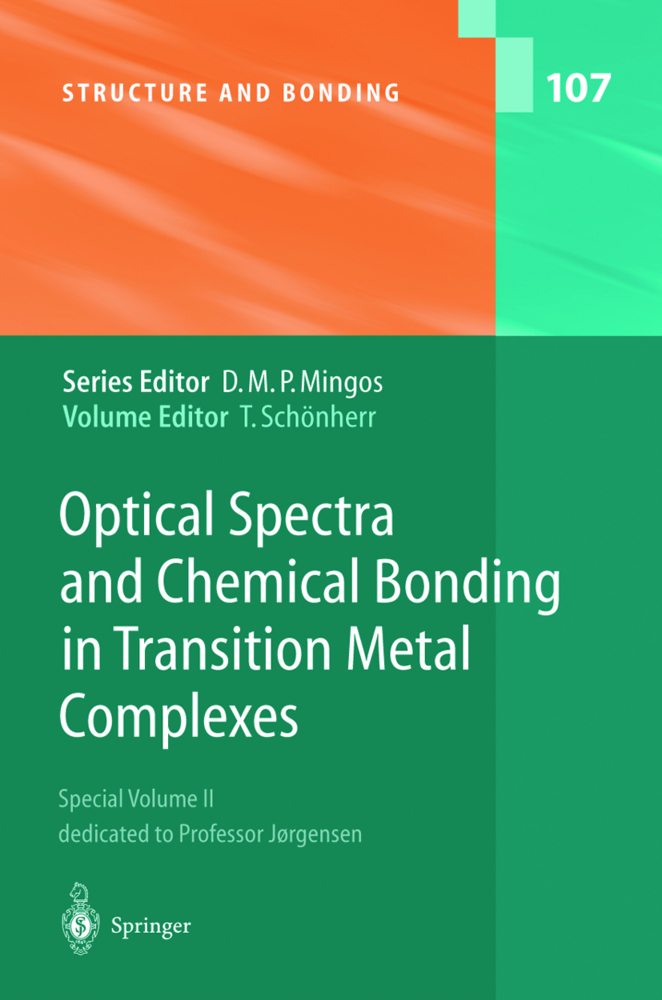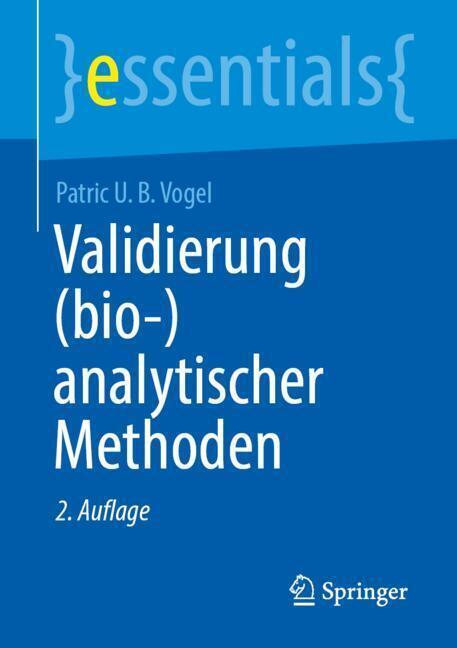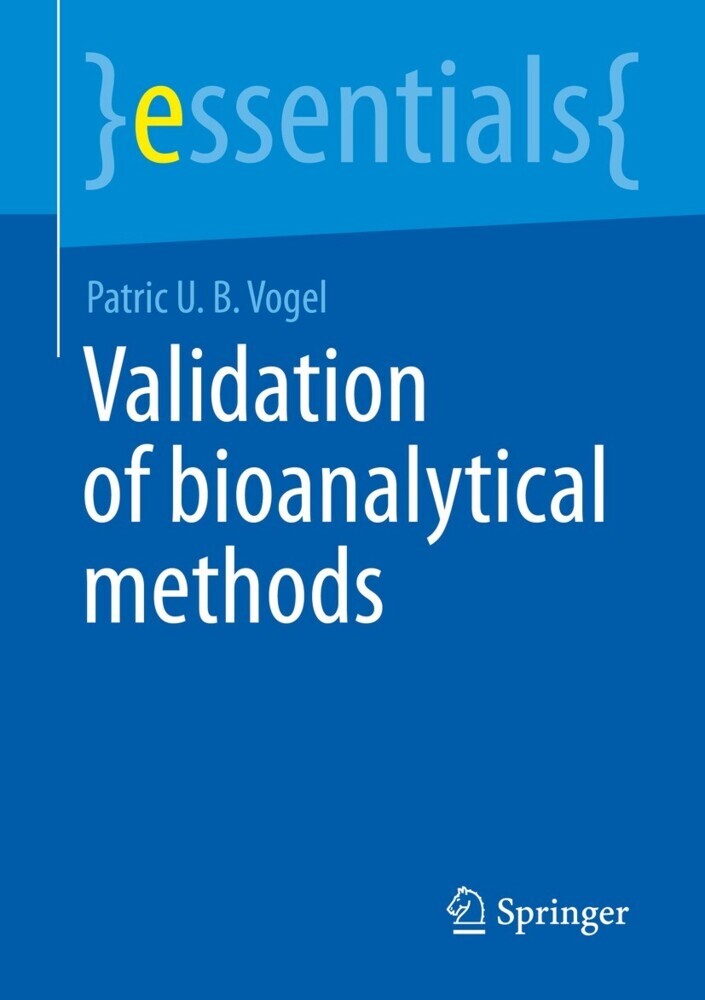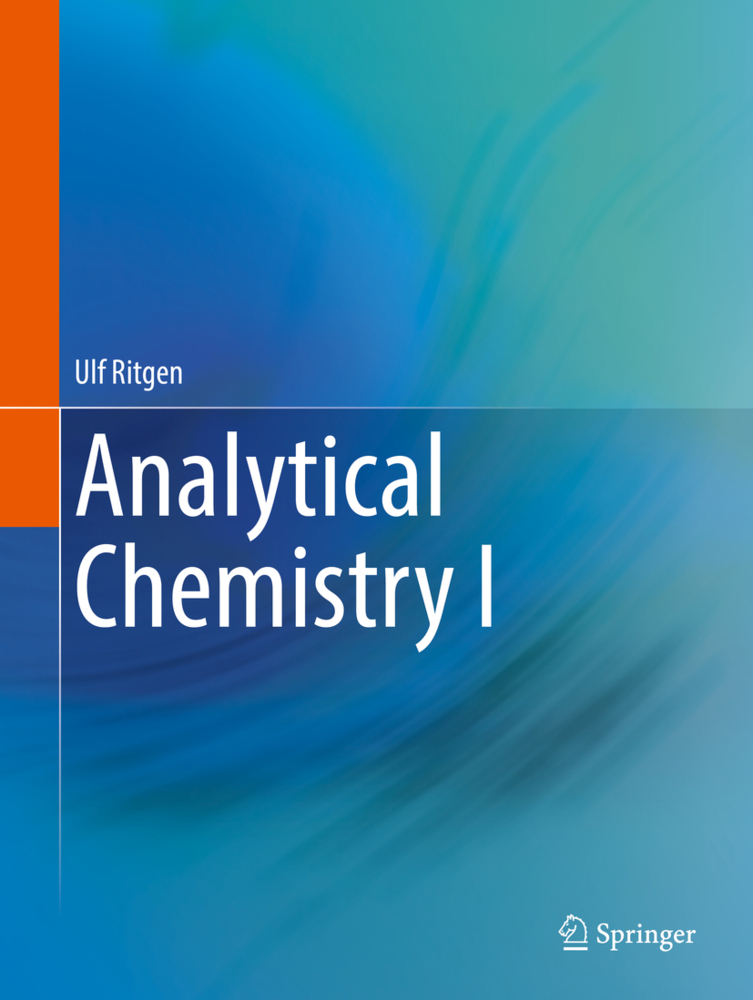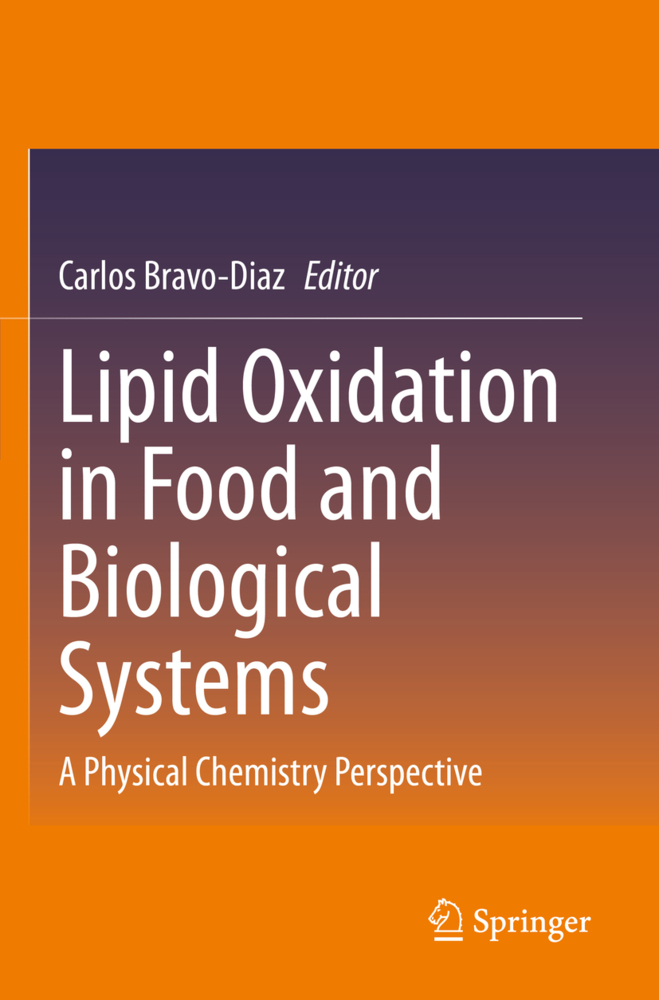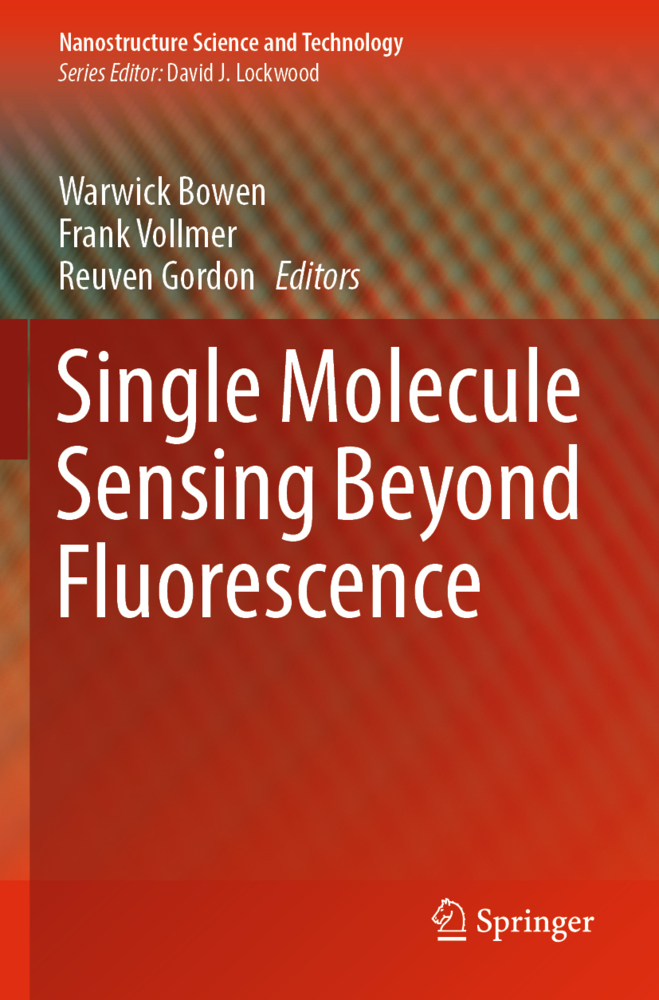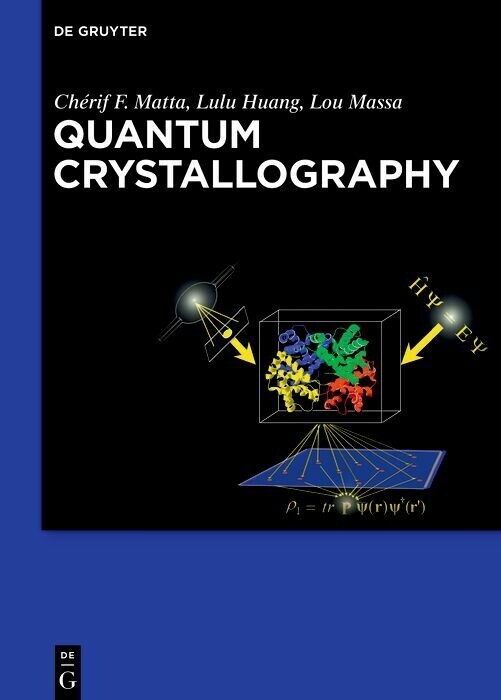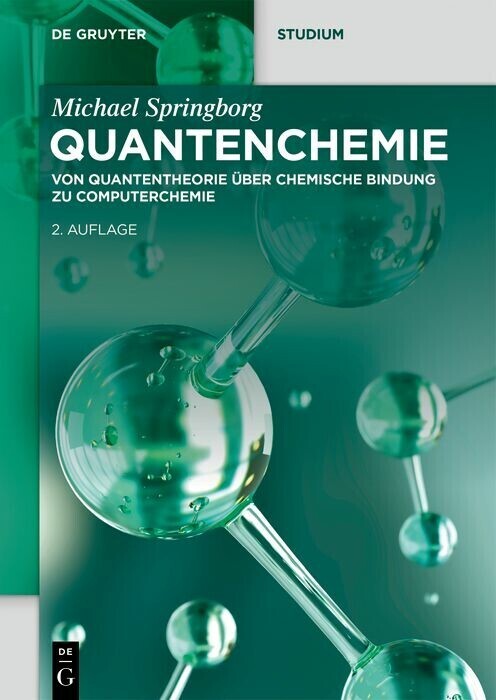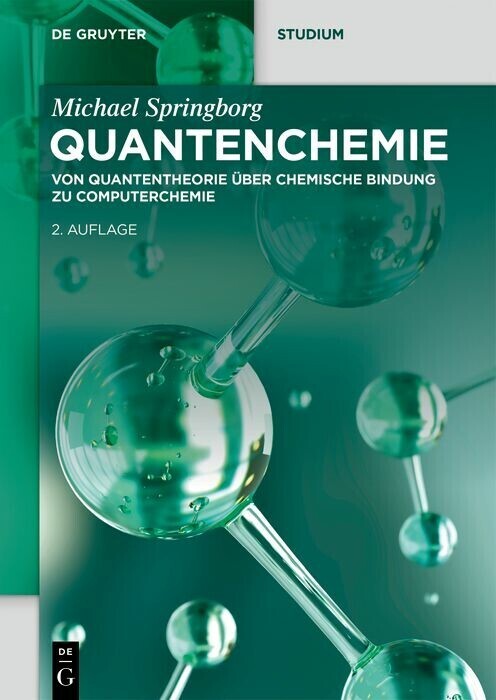Mössbauer Spectroscopy and Transition Metal Chemistry
Fundamentals and Applications
Mössbauer spectroscopy is a profound analytical method which has nevertheless continued to develop. The authors now present a state-of-the art book which consists of two parts. The first part details the fundamentals of Mössbauer spectroscopy and is based on a book published in 1978 in the Springer series 'Inorganic Chemistry Concepts' by P. Gütlich, R. Link and A.X. Trautwein.
The second part covers useful practical aspects of measurements, and the application of the techniques to many problems of materials characterization. The update includes the use of synchroton radiation and many instructive and illustrative examples in fields such as solid state chemistry, biology and physics, materials and the geosciences, as well as industrial applications. Special chapters on magnetic relaxation phenomena (S. Morup) and computation of hyperfine interaction parameters (F. Neese) are also included
The book concentrates on teaching the technique using theory as much as needed and as little as possible. The reader will learn the fundamentals of the technique and how to apply it to many problems of materials characterization. Transition metal chemistry, studied on the basis of the most widely used Mössbauer isotopes, will be in the foreground.
The second part covers useful practical aspects of measurements, and the application of the techniques to many problems of materials characterization. The update includes the use of synchroton radiation and many instructive and illustrative examples in fields such as solid state chemistry, biology and physics, materials and the geosciences, as well as industrial applications. Special chapters on magnetic relaxation phenomena (S. Morup) and computation of hyperfine interaction parameters (F. Neese) are also included
The book concentrates on teaching the technique using theory as much as needed and as little as possible. The reader will learn the fundamentals of the technique and how to apply it to many problems of materials characterization. Transition metal chemistry, studied on the basis of the most widely used Mössbauer isotopes, will be in the foreground.
1;Mössbauer Spectroscopy and Transition Metal Chemistry;3 1.1;Fundamentals and Applications;3 1.2;Preface;5 1.3;Contents;9 1.4;Chapter 1: Introduction;17 1.4.1;References;19 1.5;Chapter 2: Basic Physical Concepts;22 1.5.1;2.1 Nuclear gamma-Resonance;22 1.5.2;2.2 Natural Line Width and Spectral Line Shape;24 1.5.3;2.3 Recoil Energy Loss in Free Atoms and Thermal Broadening of Transition Lines;25 1.5.4;2.4 Recoil-Free Emission and Absorption;28 1.5.5;2.5 The Mössbauer Experiment;32 1.5.6;2.6 The Mössbauer Transmission Spectrum;33 1.5.6.1;2.6.1 The Line Shape for Thin Absorbers;36 1.5.6.2;2.6.2 Saturation for Thick Absorbers;38 1.5.7;References;39 1.6;Chapter 3: Experimental;40 1.6.1;3.1 The Mössbauer Spectrometer;40 1.6.1.1;3.1.1 The Mössbauer Drive System;42 1.6.1.1.1;3.1.1.1 Setup and Function;42 1.6.1.1.2;3.1.1.2 Tuning the Drive Performance;43 1.6.1.2;3.1.2 Recording the Mössbauer Spectrum;44 1.6.1.2.1;3.1.2.1 ``Folding´´ of Raw Spectra;45 1.6.1.3;3.1.3 Velocity Calibration;46 1.6.1.3.1;3.1.3.1 Velocity Range and Calibration Factor;46 1.6.1.3.2;3.1.3.2 Velocity Zero and Isomer Shift References;47 1.6.1.3.3;3.1.3.3 Laser Calibration;48 1.6.1.4;3.1.4 The Mössbauer Light Source;49 1.6.1.5;3.1.5 Pulse Height Analysis: Discrimination of Photons;50 1.6.1.5.1;3.1.5.1 Tuning the SCA;51 1.6.1.6;3.1.6 Mössbauer Detectors;52 1.6.1.6.1;3.1.6.1 Proportional Counters;52 1.6.1.6.2;3.1.6.2 Other gamma-Detectors;53 1.6.1.6.3;3.1.6.3 Detectors for Conversion Electrons and Scattered Radiation;54 1.6.1.6.4;3.1.6.4 Limits of Counter Resolution;56 1.6.1.7;3.1.7 Accessory Cryostats and Magnets;56 1.6.1.8;3.1.8 Geometry Effects and Source-Absorber Distance;58 1.6.2;3.2 Preparation of Mössbauer Sources and Absorbers;60 1.6.2.1;3.2.1 Sample Preparation;61 1.6.2.1.1;3.2.1.1 Basic Considerations;61 1.6.2.1.2;3.2.1.2 Counting Statistics and Acquisition Time;62 1.6.2.1.3;3.2.1.3 Minimal Thickness of a Mössbauer Sample;63 1.6.2.2;3.2.2 Absorber Optimization: Mass Absorption and Thickness;64 1.6.2.2.1;3.2.2.1 Mass Absorption Coefficients;65 1.6.2.2.2;3.2.2.2 Solvents, Solutions, and Powders;66 1.6.2.2.3;3.2.2.3 Isotope Enrichment;67 1.6.2.3;3.2.3 Absorber Temperature;67 1.6.3;3.3 The Miniaturized Spectrometer MIMOS II;68 1.6.3.1;3.3.1 Introduction;68 1.6.3.2;3.3.2 Design Overview;69 1.6.3.2.1;3.3.2.1 Mössbauer Sources, Shielding, and Collimator;70 1.6.3.2.2;3.3.2.2 Drive System;72 1.6.3.2.3;3.3.2.3 Detector System and Electronics;73 1.6.3.3;3.3.3 Backscatter Measurement Geometry;74 1.6.3.3.1;3.3.3.1 Cosine Smearing;75 1.6.3.4;3.3.4 Temperature Dependence and Sampling Depth;77 1.6.3.4.1;3.3.4.1 Temperature Dependence;77 1.6.3.4.2;3.3.4.2 Sampling Depth;78 1.6.3.5;3.3.5 Data Structure, Temperature Log, and Backup Strategy;80 1.6.3.6;3.3.6 Velocity and Energy Calibration;81 1.6.3.6.1;3.3.6.1 Velocity Calibration;81 1.6.3.6.2;3.3.6.2 Detector Calibration;82 1.6.3.7;3.3.7 The Advanced Instrument MIMOS IIa;82 1.6.4;References;84 1.7;Chapter 4: Hyperfine Interactions;87 1.7.1;4.1 Introduction to Electric Hyperfine Interactions;87 1.7.1.1;4.1.1 Nuclear Moments;89 1.7.1.2;4.1.2 Electric Monopole Interaction;89 1.7.1.3;4.1.3 Electric Quadrupole Interaction;90 1.7.1.4;4.1.4 Quantum Mechanical Formalism for the Quadrupole Interaction;91 1.7.2;4.2 Mössbauer Isomer Shift;93 1.7.2.1;4.2.1 Relativistic Effects;95 1.7.2.2;4.2.2 Isomer Shift Reference Scale;95 1.7.2.3;4.2.3 Second-Order Doppler Shift;95 1.7.2.4;4.2.4 Chemical Information from Isomer Shifts;97 1.7.2.4.1;4.2.4.1 Isomer Shift Correlations;97 1.7.2.4.2;4.2.4.2 Oxidation State and Spin;98 1.7.2.4.3;4.2.4.3 Applications of Isomer Shift Correlations;100 1.7.2.4.4;4.2.4.4 Covalent Bonding Properties;100 1.7.2.4.5;4.2.4.5 Basic Interpretation;101 1.7.3;4.3 Electric Quadrupole Interaction;103 1.7.3.1;4.3.1 Nuclear Quadrupole Moment;104 1.7.3.2;4.3.2 Electric Field Gradient;104 1.7.3.3;4.3.3 Quadrupole Splitting;106 1.7.3.4;4.3.4 Interpretation and Computation of Electric Field Gradients;109 1.7.3.4.1;4.3.4.1 EFG from
Gütlich, Philipp
Bill, Eckhard
Trautwein, Alfred X.
| ISBN | 9783540884286 |
|---|---|
| Artikelnummer | 9783540884286 |
| Medientyp | E-Book - PDF |
| Copyrightjahr | 2010 |
| Verlag | Springer-Verlag |
| Umfang | 569 Seiten |
| Sprache | Englisch |
| Kopierschutz | Digitales Wasserzeichen |

